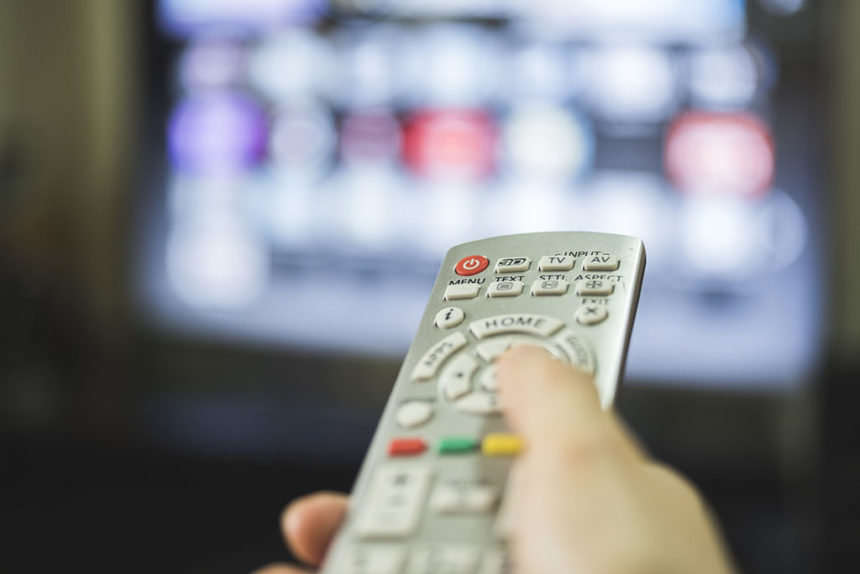Linear television and connected TV rank among pharma’s top channels for advertising drugs. New research, however, questions the true benefits of drugs marketed in TV ads.
The study, published this week in JAMA Network, found that nearly 70% of new drugs marketed on TV don’t have “high therapeutic value” compared to existing treatments.
“Fewer than one-third of the most common drugs featured in direct-to-consumer television advertising were rated as having high therapeutic value, defined as providing at least moderate improvement in clinical outcomes compared with existing therapies,” the authors wrote.
The researchers examined 81 oft-advertised brands, including immunomodulating agents, metabolism drugs and neurologic drugs. Then they examined therapeutic value ratings from independent agencies in Canada, France and Germany. The ratings were based on safety, efficacy and evidence.
Twenty (27.4%) of those drugs were rated as having high therapeutic value. But the 70% or so of drugs deemed to have low therapeutic value spent nearly $16 billion on TV advertising between 2015 and 2021.
“The findings of this study are consistent with prior research that questioned the therapeutic value of drugs heavily promoted to clinicians,” the researchers concluded.
Drugs deemed to have lower therapeutic value may have received significant marketing investments because well-known existing therapies with more substantial therapeutic value are more likely to be prescribed without marketing.
The authors also advocated for more policy and restrictions around DTC drug advertising. Such marketing, they wrote, can often “inflate demand for newer, more expensive drugs at the expense of less costly alternatives.
“Policy makers and regulators could consider limiting direct-to-consumer advertising to drugs with high therapeutic or public health value or requiring standardized disclosure of comparative effectiveness and safety data, but policy changes would likely require industry cooperation or face constitutional challenge,” they continued.
The report arrives amid the ongoing national conversation around drug pricing. Even with bona fide price regulation included in the Inflation Reduction Act, the cost of more than 1,200 prescription drugs rose faster than inflation between 2021 and 2022.







